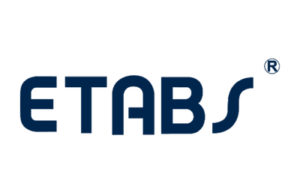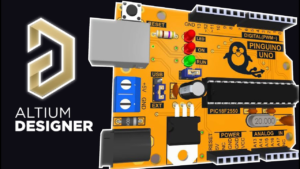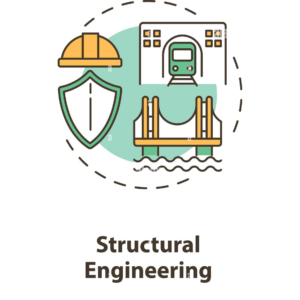In the modern engineering world, the integration of electrical and structural engineering is crucial for creating efficient and sustainable designs. As projects become more complex, professionals in these fields are increasingly turning to specialized software tools to enhance collaboration and productivity. Explore how Altium Designer Certification and ETABS can empower engineers to bridge the gap between electrical and structural engineering, ensuring seamless integration in their projects.

Altium Designer is a dynamic PCB (Printed Circuit Board) design software that facilitates the creation of complex electrical systems. It offers an intuitive interface, robust design tools, and extensive libraries, enabling engineers to design and simulate electronic circuits efficiently. The software is essential for electrical engineers looking to produce high-quality designs and streamline their workflows.
ETABS

ETABS is a widely used software application for structural analysis and design. It provides comprehensive tools for modeling, analyzing, and designing various structures, including buildings and bridges. With its powerful analysis capabilities, ETABS enables structural engineers to assess the performance of structures under different loads, ensuring safety and compliance with design codes.
The Importance of Bridging Electrical and Structural Engineering

As engineering projects evolve, the need for collaboration between electrical and structural engineers has become increasingly evident. Integrating electrical systems into structural designs can lead to more efficient, functional, and sustainable structures. Training in both Altium Designer and ETABS can significantly enhance this collaboration, allowing engineers to work together more effectively and streamline their processes.
Benefits of Certification and Training
- Enhanced Collaboration
Both certifications in Altium Designer and ETABS focus on enhancing collaboration between different engineering disciplines. Certified professionals can communicate more effectively, share designs, and integrate systems seamlessly, leading to fewer errors and improved project outcomes.
- Improved Design Efficiency
Training in these tools enables engineers to utilize advanced features that save time and enhance design efficiency. With Altium Designer, electrical engineers can quickly create and modify designs, while ETABS allows structural engineers to analyze and design structures with speed and accuracy.
- Comprehensive Skill Set
Pursuing both Altium Designer and ETABS Training provides engineers with a comprehensive skill set that enhances their employability. Professionals who are proficient in both electrical and structural design are highly sought after in the industry, making them valuable assets to any engineering team.
Training Pathways
Altium Designer

Obtaining an Altium Designer Certification involves completing a series of courses and assessments that cover various aspects of PCB design. The certification demonstrates proficiency in the software and provides engineers with the skills necessary to create high-quality electronic designs.
ETABS

ETABS Training typically includes hands-on workshops and online courses that cover the fundamentals of structural analysis and design. Participants learn to use the software’s features effectively, enabling them to perform complex analyses and produce accurate design documents.
Analysis of Altium Designer and ETABS Training
| Criteria | Altium Designer Certification | ETABS Training |
| Target Audience | Electrical Engineers | Structural Engineers |
| Primary Focus | PCB Design and Electronic Systems | Structural Analysis and Design |
| Training Duration | Varies (typically 30-60 hours) | Varies (typically 40-80 hours) |
| Certification | Yes | No (Completion Certificate usually) |
| Software Skills | PCB design, circuit simulation | Structural modeling, load analysis |
Industry Demand and Career Opportunities
With the increasing complexity of engineering projects, the demand for professionals skilled in both electrical and structural engineering is on the rise. According to industry reports, the job market for engineers with dual expertise is expected to grow significantly over the next decade.

Projected Job Growth

Embracing both electrical and structural engineering disciplines through specialized training is not just an option; it’s a strategic move toward a successful engineering career in a world that increasingly values integrated design solutions. Whether you’re an electrical engineer looking to expand your skill set or a structural engineer seeking to enhance collaboration, investing in Altium Designer and ETABS Training will empower you to thrive in this dynamic industry.
Conclusion
Bridging the gap between electrical and structural engineering through specialized training in Altium Designer and ETABS is essential for today’s engineers. The Altium Designer equips electrical engineers with the necessary skills to create complex electronic designs, while ETABS provides structural engineers with the tools to analyze and design resilient structures. By enhancing collaboration and improving design efficiency, these training programs enable engineers to meet the challenges of modern engineering projects. Pursuing certification and training in these fields not only broadens skill sets but also opens up new career opportunities in an evolving job market.



